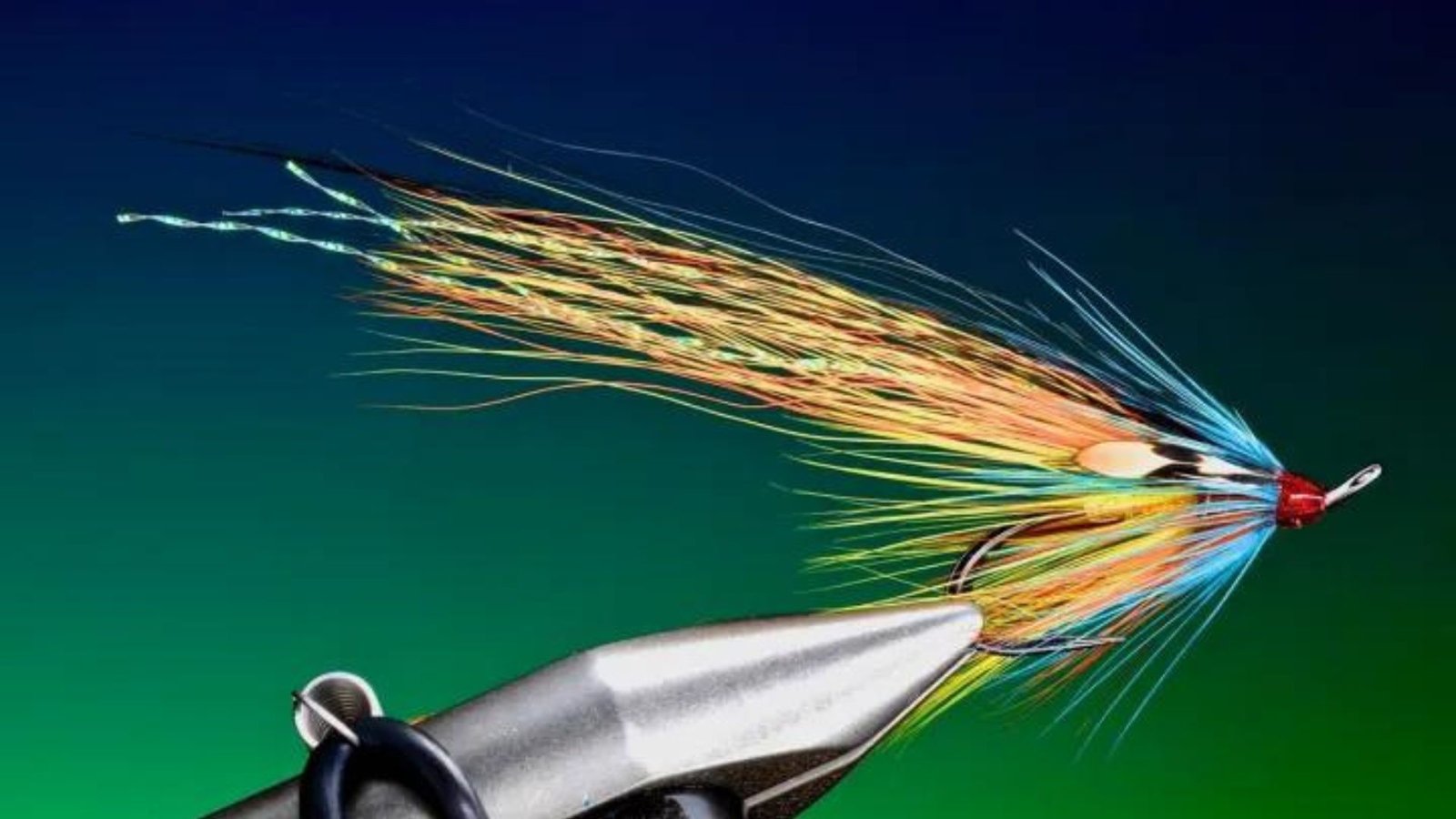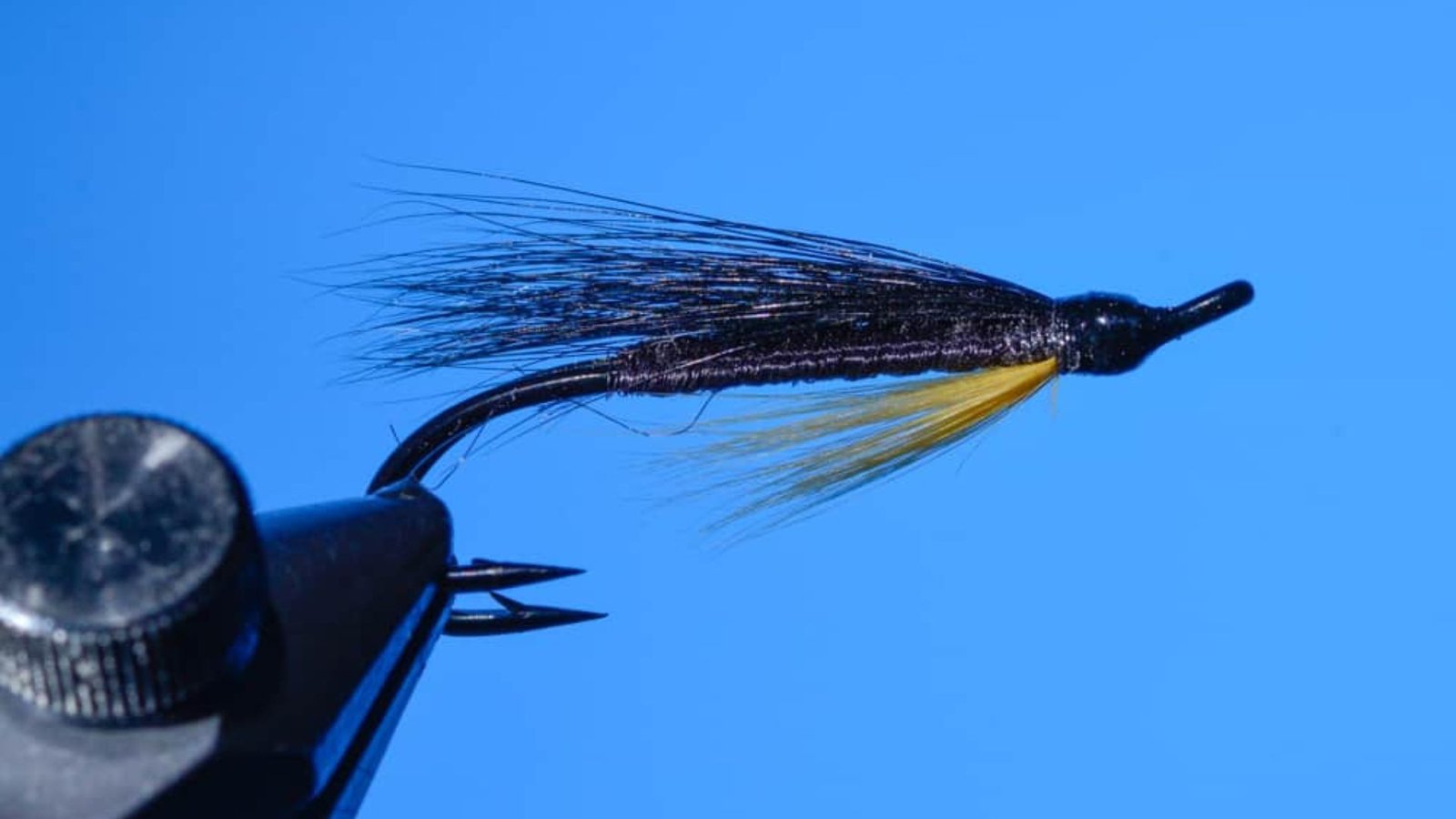Choosing the right salmon flies for your fishing trip can greatly increase your chances of a successful catch. There are many factors to consider, from the type of water you will be fishing in to the time of year. This guide will help you make the best choices for your next fishing adventure.

How to Choose the Right Salmon Flies for Your Fishing Trip
Understanding Salmon Flies
Salmon flies are designed to mimic the natural prey of salmon, such as insects, small fish, and other aquatic organisms. They come in a variety of shapes, sizes, and colors to match the different types of food available to salmon at different times and in different environments. By understanding the basic types of salmon flies and their purposes, you can make more informed choices about which flies to use.
Consider the Water Type
The type of water you will be fishing in is one of the most important factors to consider when choosing salmon flies. Different flies work better in different water conditions. For example:
- Rivers and Streams: In moving water, flies that can be easily seen and move naturally with the current are most effective. Streamers and wet flies are popular choices.
- Lakes and Ponds: In still water, flies that mimic insects landing on the surface or swimming just below it can be very effective. Dry flies and nymphs are good options.
- Saltwater: In coastal areas, flies that resemble small fish or shrimp are often used. Clouser minnows and other baitfish patterns are effective.
Match the Hatch
Matching the hatch means choosing flies that closely resemble the insects or other prey that salmon are currently feeding on. This requires some observation and research:
- Local Knowledge: Talk to local anglers or visit a local fly shop to find out what types of insects are currently hatching in the area you will be fishing.
- Observation: Spend some time observing the water before you start fishing. Look for insects on the surface or in the air, and check under rocks and plants for nymphs.
- Seasonal Patterns: Different insects hatch at different times of the year. Research the common hatches for the season you will be fishing in to make informed fly choices.
Choose the Right Size and Color
The size and color of your flies are also crucial factors. Salmon can be selective, and using the wrong size or color can mean the difference between a successful trip and an empty net:
- Size: The size of the fly should match the size of the natural prey. In general, larger flies are used in the early season and smaller flies are used later in the season.
- Color: The color of the fly should match the color of the natural prey and the water conditions. Brightly colored flies work well in murky water, while more natural colors are better in clear water.
Experiment with Different Patterns
Even with the best research and preparation, it can be difficult to predict exactly what the salmon will be biting on any given day. This is where experimentation comes in:
- Variety: Bring a variety of flies in different sizes, colors, and patterns. This will allow you to experiment and find what works best.
- Change Often: If you are not having success with one fly, don’t be afraid to change to a different one. Sometimes a small change can make a big difference.
- Keep Notes: Keep a fishing journal to record what flies worked in different conditions. Over time, this can help you make better choices and improve your success rate.
Preparing for Your Trip
Before you head out on your fishing trip, make sure you are prepared:
- Organize Your Flies: Keep your flies organized in a fly box so you can easily find what you need. Consider using a box with multiple compartments to separate different types of flies.
- Check Your Gear: Make sure your fly fishing gear is in good condition and ready to use. This includes your rod, reel, line, and leader.
- Plan Ahead: Research the area you will be fishing in and plan your trip accordingly. Make sure you have the necessary permits and know the local regulations.
Conclusion
Choosing the right salmon flies for your fishing trip can greatly increase your chances of a successful catch. By understanding the different types of flies and their purposes, considering the type of water you will be fishing in, matching the hatch, choosing the right size and color, experimenting with different patterns, and preparing for your trip, you can make informed choices and improve your success rate. Happy fishing!



